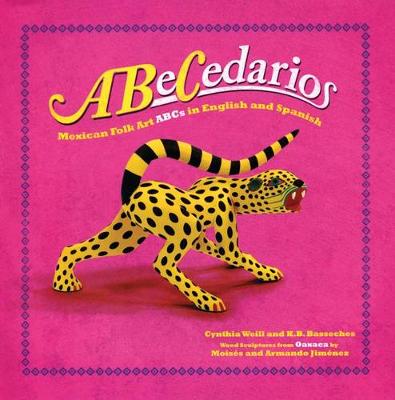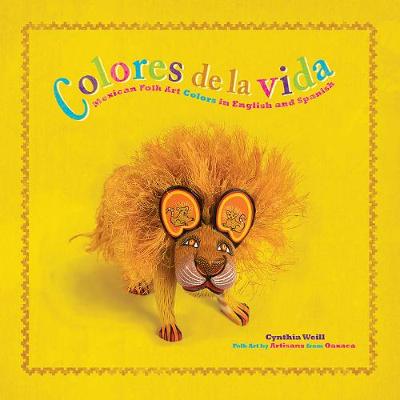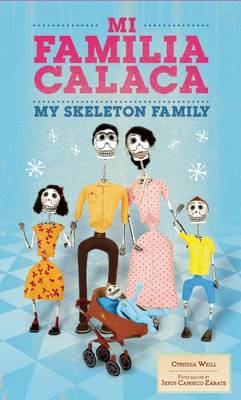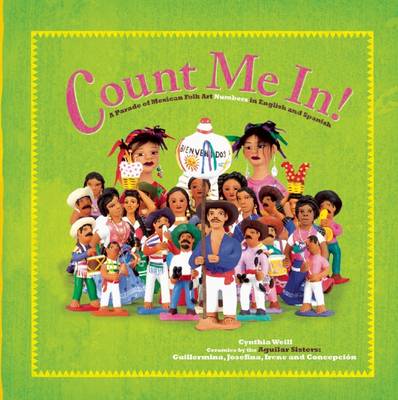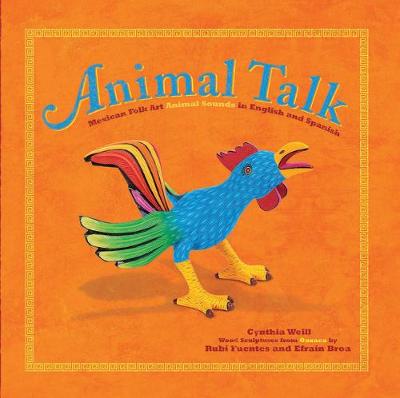First Concepts in Mexican Folk Art
8 total works
She is the co-author with Pegi Deitz Shea of Ten Mice for Tet (Chronicle Books, 2003), a book inspired by the Vietnamese embroidery she saw while working in international relief in Hanoi, Vietnam. She is trained as an art historian and studies the process of folk artisans around the world. K. B. Basseches is an artist, photographer, and art educator. She was an assistant professor at Virginia Commonwealth University in the Department of Art Education, and served as a staff photographer at the Smithsonian Institution in the Portrait Gallery in Washington, DC. Basseches has exhibited throughout the mid-Atlantic region and in the Los Angeles area. She lives in Richmond, Virginia, with her young son and husband.
She also owns a business--Aid to Women Artisans--that promotes the craftwork of artisans from developing countries. Colores de la Vida is her third book in the First Concepts in Mexican Folk Art series.
The contrast between the text colors and the bright background combines with the imaginary dialogue that children can establish with the vivacious folk-art figures to make this bilingual edition another outstanding entry in the First Concepts with Mexican Folk Art series. On some pages an external element-a sun or a moon, for instance-expands on such concepts as Day/Dia and Night/Noche. "A great selection for bilingual storytimes at preschools, elementary schools and public libraries. As a work of art, its display will enhance art exhibits and cultural programs as part of Hispanic Heritage Month or Children's Day/Book Day celebrations." -Kirkus Reviews
!Bienvenidos a la familia! Es justo como la tuya: papa, mama, hermana, hermano, abuelita, gato, hasta un a vis-abuela. Pero hay algo un poco diferente sobre esta familia. Tal vez es la su ropa...es un poco anticuada. Y los colores! Tan vibrantes y...vivos. Tal vez eso es, solo estan llenos de vida, al mismo tiempo pareciendo de otro mundo.
Cynthia Weill's bilingual collaboration with artist Jesus Canseco Zarate teaches young readers basic information about relationships, while also celebrating the colorful tradition of Mexico's Day of the Dead. Canseco Zarate long-limbed sculptures are a playful twist on traditional Mexican iconography of the skeleton that stretches back through the country's art history to Jose Guadalupe Posada's engravings and Aztec sculpture.
La colaboracion bilingue entre autora Cynthia Weill y artista Jesus Cnaseco Zarate le ensena a lectores jovenes informacion basica sobre familias, al mismo tiempo celebrando la tradicion colorida del Dia de Muertos. Las esculturas de brazos largos de Canseco Zarate le dan un toque jugueton a la iconografia Mexicana tradicional del esqueleto, que se ve a lo largo de la historia artistica del pais, hasta los grabados de Jose Guadalupe Posada, y las esculturas Aztecas.
Cynthia Weill holds a master's degree from Wesleyan University in Art History and a Doctorate in Education from Teachers College Columbia. While working on her dissertation at Columbia, Cynthia collaborated with artisans in Oaxaca, Mexico to create the folk art pieces that became the successful First Concepts in Mexican Folk Art series. She is currently the director of the Center for Children's Literature at the Bank Street College of Education.
Cythia Weill tiene una maestria de Historia del Arte de Wesleyan University, y un doctorado de Educacion del Colegio de Maestros de Columbia University. Durante su tiempo trabajando en su tesis en Columbia, Cynthia colaboro con artesanos y artesanas de Oaxaca, Mexico, para crear las piezas que se fueron despues presentadas en la exitosa serie, Primeros Conceptos en Artesania Mexicana. Actualmente es la directora del Centro para Literatura Infantil en el Colegio de Educacion Bank Street..Jesus Canseco Zarate is a young Oaxacan folk artist whose medium of choice is paper mache. In 2008 he won first prize in the Friends of Oaxacan Folk Art completion for young artists.
Jesus Canseco Zarate es un artesano de Oaxaca conocido por sus complejas calacas de papel mache. En el 2008, gano el primer premio en la competicion de Amigos de Artesania de Oaxaca para artistas jovenes.
These lively independent women are considered great masters of Mexican folk art and have been visited by Queen Elizabeth, Queen Sofia of Spain, various Mexican presidents, and Nelson Rockefeller. Their humorous ceramics of the people of their town and state are in museum collections the world over.
